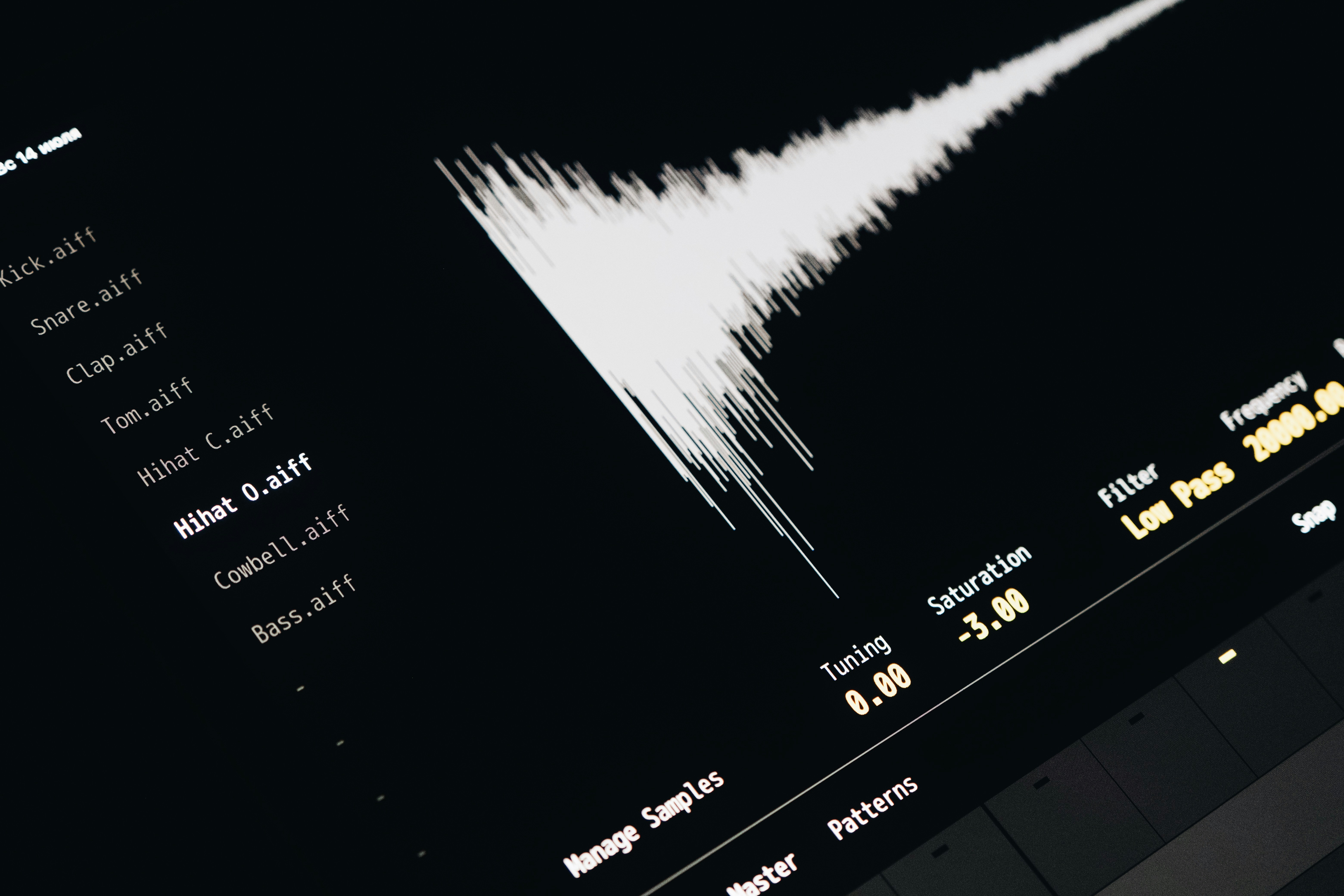January 15, 2025
Article
The Future of UX/UI: How AI is Reshaping Product Design
In recent years, artificial intelligence (AI) has moved from theoretical innovation into practical application—and nowhere is this more apparent than in the world of digital product design. From streamlining workflows to personalizing experiences, AI is transforming how designers create, iterate, and optimize products. But this isn’t about replacing creativity; it’s about amplifying it.
At Cyberhive Studio, we specialize in integrating data science and AI into the UX/UI process—not just to make things faster, but smarter. In this article, we’ll explore how AI is shaping the future of design and how you can embrace it without losing your creative edge.
🤖 What Is AI in UX/UI Design?
AI in design refers to any use of artificial intelligence—machine learning, generative tools, or predictive modeling—to support or enhance the product design process. This can include:
AI-assisted wireframing and layout suggestions
Predictive text or UX copy generation
Behavior-based personalization
Automated usability testing
Design optimization based on data patterns
Some tools you may already be using (like Figma, Adobe Firefly, or Framer AI) are beginning to include intelligent features that can suggest layouts, generate mockups, or even provide content drafts based on prompts.
🤖 What Is AI in UX/UI Design?
AI in design refers to any use of artificial intelligence—machine learning, generative tools, or predictive modeling—to support or enhance the product design process. This can include:
AI-assisted wireframing and layout suggestions
Predictive text or UX copy generation
Behavior-based personalization
Automated usability testing
Design optimization based on data patterns
Some tools you may already be using (like Figma, Adobe Firefly, or Framer AI) are beginning to include intelligent features that can suggest layouts, generate mockups, or even provide content drafts based on prompts.
🚀 Why AI Is Changing the Game
AI isn’t just another tool in your design stack—it’s a paradigm shift. Here’s how:
1. Faster Prototyping and Iteration
What once took days—like designing multiple screen flows or copy variants—can now take hours. Designers can prototype quicker using AI-generated variations and test more broadly across use cases.
2. Smarter Personalization
AI allows you to tailor interfaces to users in real-time. Think dynamic dashboards that change based on behavior, or product recommendations that learn over time. The UX becomes a living system.
3. Data-Driven Decisions at Scale
AI helps synthesize large-scale behavioral data (from analytics platforms, session replays, etc.) into actionable insights. Designers can respond not to opinions—but patterns.
4. Enhanced Accessibility
AI tools can evaluate color contrast, font readability, or even generate screen-reader-friendly text—helping designers meet accessibility standards more efficiently.
🎨 What Designers Need to Watch Out For
Despite the promise of AI, there are critical human concerns that must guide its use:
Trust and Transparency: If users don’t understand how an AI feature works or makes decisions, it can erode trust.
Over-Automation: Replacing too much of the design process risks losing nuance and intuition.
Bias in AI Models: Design teams must be aware of how data sets and training inputs can lead to biased outputs—and take steps to mitigate this.
That’s why we advocate for AI-augmented design, not AI-replaced design.
🧠 How We Use AI at Cyberhive Studio
At Cyberhive, we blend design intuition with machine intelligence. Here’s a peek at how we do it:
User Flow Optimization: We use AI to analyze drop-off points in complex user journeys, then redesign flows to improve retention and conversion.
Smart Onboarding: For SaaS and AI tools, we implement chat-based onboarding assistants that guide users through setup based on their behavior and preferences.
AI-Powered Research: Using NLP and clustering algorithms, we process qualitative feedback and categorize pain points to inform UX priorities.
We don’t just design interfaces—we design adaptive systems that get smarter over time.
🔮 What the Future Looks Like
In the next five years, we expect:
Design systems that auto-adapt to user data
Hyper-personalized UI components based on individual context
AI design copilots integrated directly into UX teams
Ethical design frameworks for AI that become industry standards
For designers, the future is less about static layouts—and more about dynamic, data-responsive experiences.
💡 Final Thoughts
AI isn’t a threat to designers—it’s an ally. It frees up time, reduces friction, and gives us superpowers when used with intention. The key is to remain human-centered. Great design still starts with empathy, insight, and creative problem-solving—AI just helps us scale it.
At Cyberhive Studio, we believe the future of design is intelligent by default—and beautiful by design.

